The past couple of months have been hard for all of us, especially with bad news bombarding our feed every day, seemingly non-stop. That’s why good news is exactly what we need right now and scientists have just reported something very exciting. Turns out, a large hole in the Arctic ozone layer that was first observed back in March is now closed.
As seen in the pictures provided by NASA Ozone Watch, a large hole in the ozone layer stretches wide over the top of the northern hemisphere. Luckily, it only took around a month for the data to show that the hole has now closed up. Why? Well, at first it might seem that COVID-19 which forced people as well as businesses to halt their normal lives is the most likely cause, as a trend of pollution levels dropping in Italy was observed back in March.
The photo below showcases the ozone layer at the beginning of March

However, this time it’s not the case. Scientists from Copernicus Atmosphere Monitoring Service (CAMS) attribute the healing of the ozone layer in this particular case to more natural causes. According to them, a polar vortex (which is a large low-pressure area made from swirling cold air) is exactly what caused the thinning of the ozone layer in the area. A strong polar vortex was observed for several weeks in March and it caused cold air to remain trapped in the North Pole which in turn produced high altitude clouds where chemical reactions stimulated the depletion of the ozone layer when exposed to sunlight.
Now that the polar vortex is starting to die down, the ozone values are slowly returning to normal hence the recent photos showing the disappearance of the hole.
It seems like the gaping hole reached its peak on March 26

A month later, on April 26, the picture provided by NASA shows that the hole is now closed

Although this particular case had nothing to do with human activity, scientists are quick to reassure that we have been making a positive impact for the last couple of decades. In 1987, the Montreal Protocol set out goals and measures that we’ve been following to reduce manmade chemicals harming the ozone layer. Thanks to that, the massive hole in the ozone layer in the southern hemisphere that was first discovered in 1985 is shrinking.
Copernicus ECMWF used their Twitter account to provide some additional information on the matter
The unprecedented 2020 northern hemisphere #OzoneHole has come to an end. The #PolarVortex split, allowing #ozone-rich air into the Arctic, closely matching last week's forecast from the #CopernicusAtmosphere Monitoring Service.
More on the NH Ozone hole➡️https://t.co/Nf6AfjaYRi pic.twitter.com/qVPu70ycn4
— Copernicus ECMWF (@CopernicusECMWF) April 23, 2020
Image credits: CopernicusECMWF

Image credits: CopernicusECMWF

Image credits: CopernicusECMWF

Image credits: CopernicusECMWF

Ever wondered what happened to the ozone hole? – Ozone hole, ozone layer and their monitoring
Even though the ozone layer hole did not close because of the worldwide lockdown, it’s evident that nature was impacted

Like jellyfish being spotted in Venice earlier this month
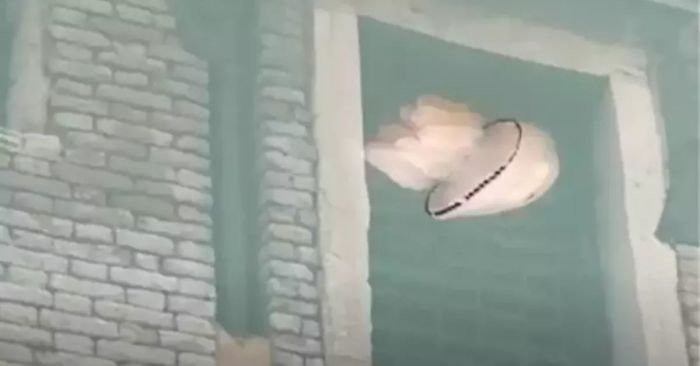
Or animals roaming in the streets after people locked themselves in their homes
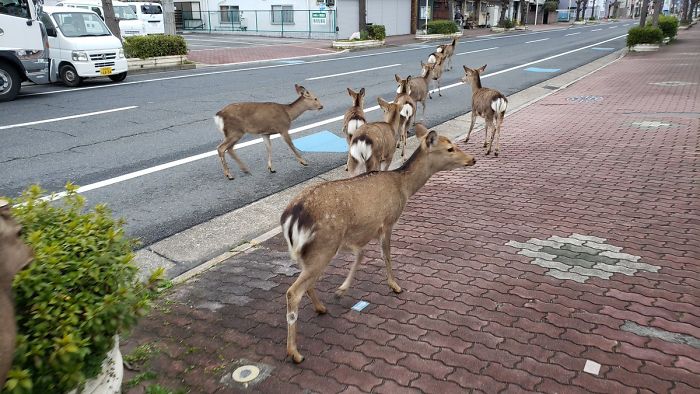

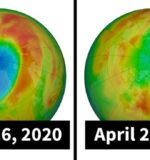
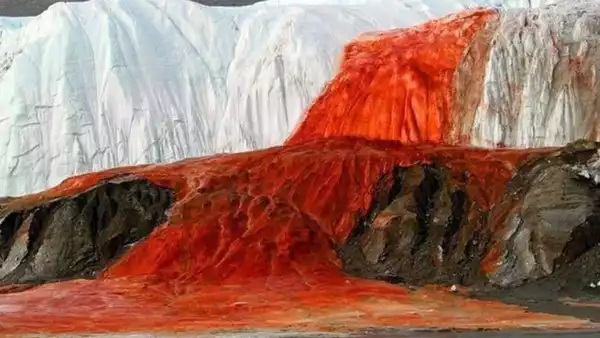
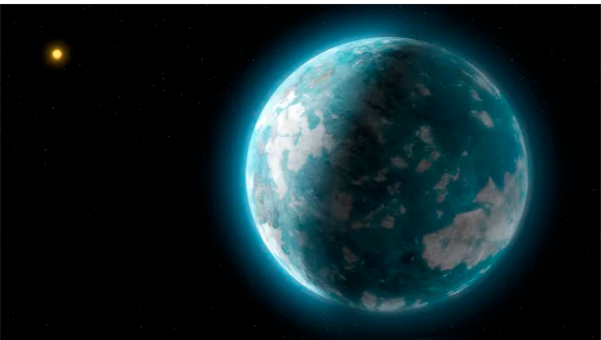
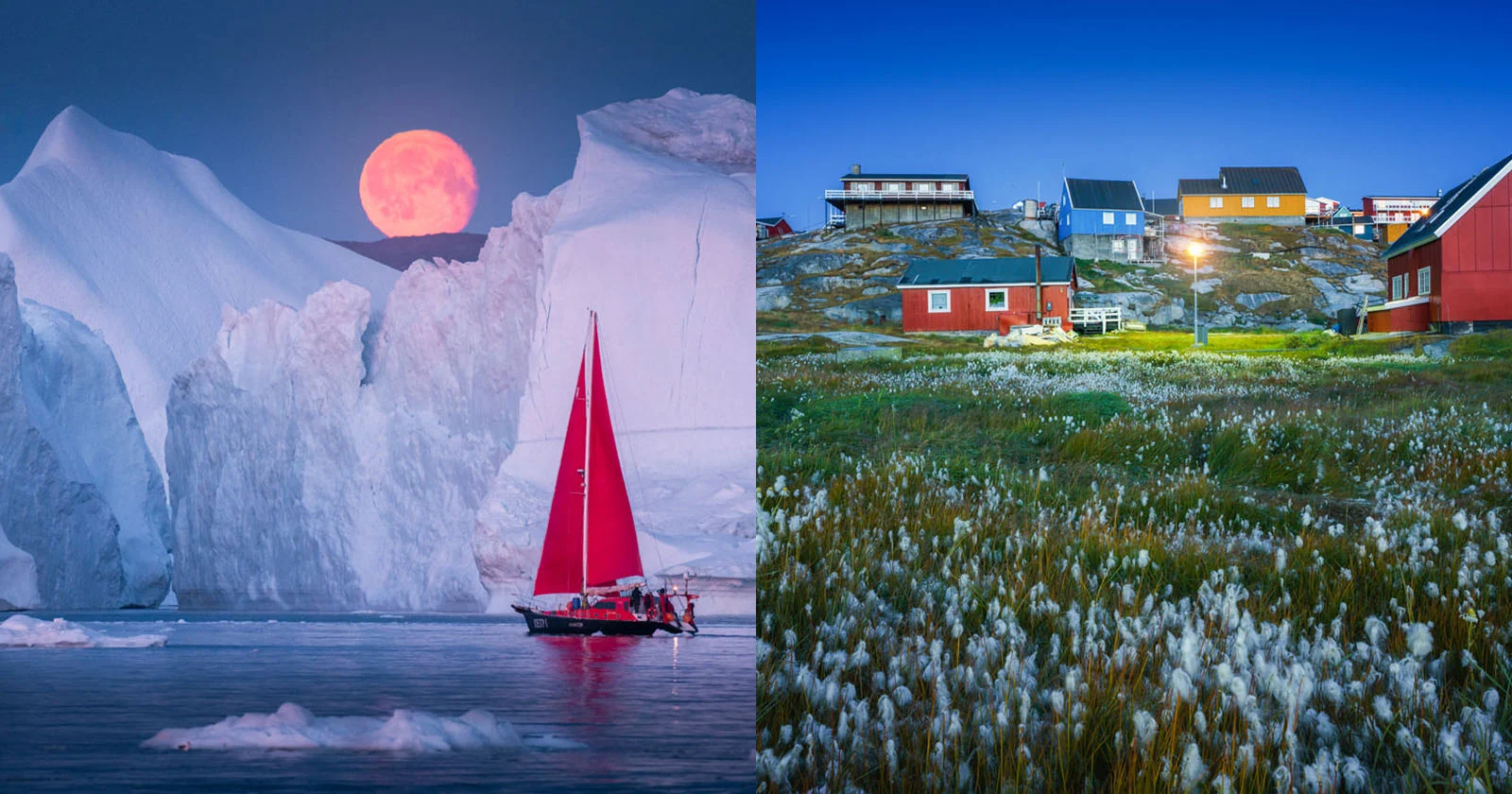
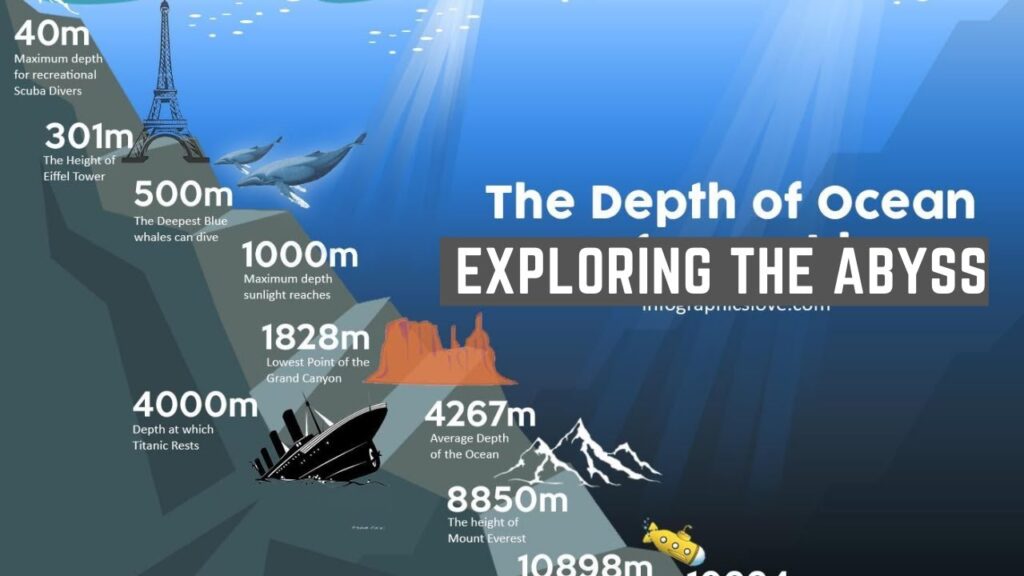


 Photographer Finds Locations Of 1960s Postcards To See How They Look Today, And The Difference Is Unbelievable
Photographer Finds Locations Of 1960s Postcards To See How They Look Today, And The Difference Is Unbelievable  Hij zet 3 IKEA kastjes tegen elkaar aan en maakt dit voor zijn vrouw…Wat een gaaf resultaat!!
Hij zet 3 IKEA kastjes tegen elkaar aan en maakt dit voor zijn vrouw…Wat een gaaf resultaat!!  Scientists Discover 512-Year-Old Shark, Which Would Be The Oldest Living Vertebrate On The Planet
Scientists Discover 512-Year-Old Shark, Which Would Be The Oldest Living Vertebrate On The Planet  Hus til salg er kun 22 kvadratmeter – men vent til du ser det indvendigt
Hus til salg er kun 22 kvadratmeter – men vent til du ser det indvendigt  Superknepet – så blir snuskiga ugnsformen som ny igen!
Superknepet – så blir snuskiga ugnsformen som ny igen!  Meteorite That Recently Fell in Somalia Turns Out to Contain Two Minerals Never Before Seen on Earth
Meteorite That Recently Fell in Somalia Turns Out to Contain Two Minerals Never Before Seen on Earth  Nearly Frozen Waves Captured On Camera By Nantucket Photographer
Nearly Frozen Waves Captured On Camera By Nantucket Photographer  It’s Official: Astronomers Have Discovered another Earth
It’s Official: Astronomers Have Discovered another Earth 